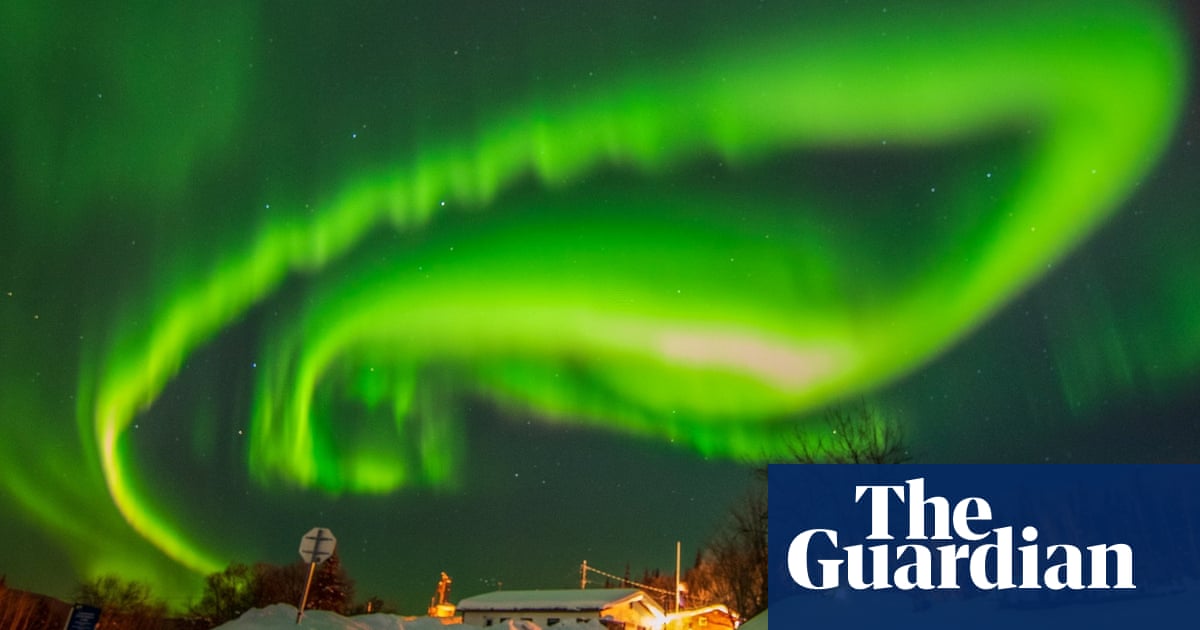Anyone got a map? Saying “as far south as the midwest” is a pretty useless descriptor of where this might be seen
EDIT
map
https://www.swpc.noaa.gov/products/aurora-viewline-tonight-and-tomorrow-night-experimental
Thanks for posting the map! Looks like here in central washington, I am out of luck haha. Better luck next time, I s’pose!
The red line is the “view line” so you might see a glimpse way off on the horizon
I have the Aurora Pro app on my iPhone, it sends me alerts when the forecast predicts northern lights in my area (around stockholm)
Complete cloud coverage predicted in UK, as per usual, until perhaps June.
It feels like this has happened a fair few times this year. Is the sun entering a period of heightened activity?
This is the best summary I could come up with:
Australia’s Bureau of Meteorology’s space weather forecasting centre issued an aurora alert on Monday morning, saying a severe solar storm was in progress and the southern lights could be visible.
Severe storms can disrupt power networks and the satellites that provide navigation, surveillance and communication services.
The BoM advises people hoping to see the aurora australis to find somewhere dark, like a beach or a hill with an unobstructed view south.
“It goes from a relatively benign, calm state with very few sunspots on the surface to a very active phase about five or six years later, with a maximum number of sun spots,” he said.
“It’s much more likely to release huge flares of energy, enormous quantities of charged particles radiating away from the sun … their characteristic colours are green or red but people report blues, yellows, even purples.
“This implies a higher level of solar activity over the next few years, but significant space weather can occur at other times in the cycle too.”
The original article contains 691 words, the summary contains 167 words. Saved 76%. I’m a bot and I’m open source!
But the solar flare was yesterday, if there was going to be any good viewing of auroras it would have been last night, or more likely a couple nights ago (from US time zones). The peak of it occurred shortly after lunch yesterday and it’s calmed down back to normal today.
I mean, these are highly funded government agencies reporting this from both sides of the planet. You know something they don’t?
The agencies were correct about the information, however unlike OP apparently I know how to adjust for time zone differences. Monday morning in Australia is still Sunday in the US, so yes that would have been the correct time for the warning. But this article was posted here a day after the event occurred, all of the warnings expired, and the Kp index had dropped back down to more moderate levels. At the peak of the event the Kp index reached around 8.0. When I posted my comment yesterday it was sitting at 1.66, well below the threshold for seeing auroras anywhere in the continental US. If you had any chance of seeing auroras here it would have had to be Sunday night, not Monday night.





